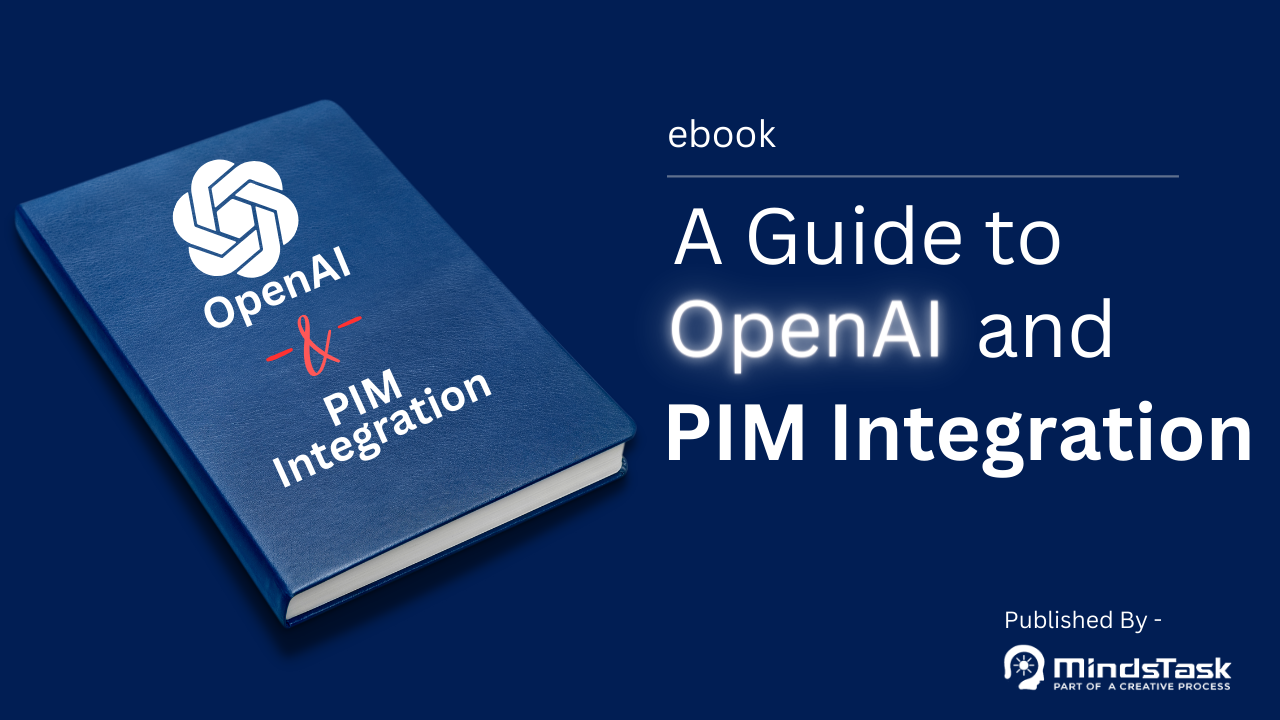The role of retailers in bridging the gap between a “market need” and a “solution to it,” is one that has picked up a lot of interest in the recent time.
The role of retailers in bridging the gap between a “market need” and a “solution to it,” is one that has picked up a lot of interest in the recent time. And situation like Covid-19, retail industry at the crossroad of unprecedented time to innovate fast and present their customers a safer and secure buying experience. For tangible office goods or sometimes even technology solutions, many manufacturers tend to lean toward retailers who can take care of all their procurement needs. In most cases, retailers and wholesalers have captive audiences or exclusive selling relationships where their buyers will work directly with them, either through a digital commerce site, in-store, or other channels. Nevertheless, this doesn’t stop them from worrying about marketplace competition.
Despite exclusivity, there exists the likes of Amazon Business and the AWS Marketplace, that in a way, loom as constant reminders to retailers that they need to up their ante. With the preferences and needs of business buyers evolving into what is more like that of a B2C buyer, retailers being at the head of this consumption chain need to be on deck and point at all times, concerning all brands under their belt.
[Also Read: Best Way To Increase ROI With Product Information Management (PIM) ]
It all boils down to this. Can retailers ideally position their unique value proposition, and how do they convince a prospect to ink the deal with their company amid other suitors or even operating models? Rendering their all-encompassing product information database in an informative yet illustrative way is what can win them back their fair share in the marketplace. The answer lies in investing in a robust product information management (PIM) solution that enables you to streamline exploding product data and all digital assets.
What does a PIM mean for you as a retailer?
In addition to helping you create a robust online presence, where all business happens today, a PIM platform empowers business operations efficiently. Given that you are linking the various stakeholders in the supply chain—including the manufacturer, suppliers, distributors, plus the end customer—there is extensive product information that needs to be integrated. A PIM platform helps manage a variety of SKUs and related digital assets across different channels and platforms. It also enables you to deliver exceptional customer-centric experiences.
With a PIM platform in place, it becomes easy for the retailer to search through the inventory and look for the products that correspond to the customer’s specific interest. It also reduces the time to revert to the customer and ultimately enhances the relationship with the retailer.
-
Engagement Matters
You need to place the right product content at the right time to draw engagement from resellers. A PIM platform can help create high-quality content for your catalog and centralize and collate marketing, sales, and technical product information. When your catalog data is organized, it makes the job much easier for your buyer. This means that there will be an improved product experience, leading to engaging customer experience.
-
Better Operational Experience
A PIM solution can introduce collaboration internally and amongst other stakeholders, enabling easy and quick access to data. It helps you eliminate data silos and get rid of managing extensive spreadsheets. With an API-based approach, you can ingest data from various channels, such as online sales, ERP, invoices, etc., and transform to the desired form and then publish it on multiple channels. A retailer is also the dedicated reseller for a solution and handles various activities for the brand.
-
IntroduceNew Value Chain
With consolidated product data, you can always explore new opportunities and amplify sales across diverse channels. You can establish more robust data governance policies, such as building customized workflow, data hierarchies for catalog data, and improving overall data quality. A well-organized data catalog will help them research product specifications, buy it, and resell/consume efficiently. Thus, you always have the flexibility to innovate with your campaigns and GTM strategy for creating a newer value chain for customers.
Embrace the future of rich information delivery
With the flurry of activities surrounding the retailers, and competition cropping up from unconventional businesses, you must capitalize on best-of-breed technologies, such as adopting a PIM platform. Trends like infusing visually appealing product unboxing and walkthrough videos have already made inroads in the PIM landscape. It is only a matter of time before technologies such as Artificial Intelligence and AR/VR become the norm. When it comes to that, you need to be open to changes, and it begins with investing in a feature-rich PIM solution today.



